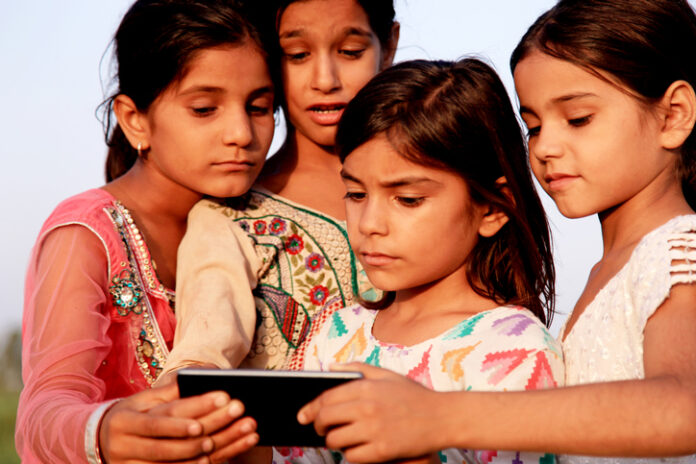Even as households across the country have registered a sharp increase in smartphone availability since 2018, many states have surpassed Bihar, Uttar Pradesh and West Bengal by miles, as per the Annual Education Report (AAP). ASER) survey 2021 findings show.
Overall, smartphone availability in the homes of enrolled students nearly doubled from 2018 to 2021, rising from 36.5 percent to 67.6 percent. But the state-wise numbers show that growth has been highly uneven, with some states lagging behind with better-off states, while others need to move forward despite showing some improvement.
For example, in 2018, Himachal Pradesh, Manipur and Nagaland had at least one smartphone in 58 percent, 53.4 percent and 50 percent of households, respectively, of enrolled students. In 2021, the respective shares rose to 95.6, 92.9 and 92.9 per cent, respectively. In Kerala, where 80.9% of student households owned smartphones in 2018 as well, this share has risen to 97.5 percent.
In contrast, 54.4 percent of students surveyed households in Bihar owned a smartphone, up from 27.2 percent in 2018; West Bengal 58.4 percent against 26.8 percent in 2018 and 58.9 percent in Uttar Pradesh compared to 30.4 percent in 2018. The findings mirror a recent report by the Union Ministry of Education showing that the digital divide has hit some states such as Bihar in an absolutely difficult manner.
The ASER report also highlighted that the likelihood of a family having a smartphone increases with the educational level of the parents. “In 2021, more than 80% of children with parents who had studied till at least 9th had a smartphone available at home, while only over 50% of children with parents who had completed Class 5 or below had studied till,” it says, capturing the impact of the pandemic-induced disruptions on the marginalized and economically downtrodden.
But a sign that disadvantaged people also tried to catch up, with numbers showing that even among children with parents in the lower education category, more than a quarter of households had bought a new smartphone for their children’s education, ever since. The lockdown had started. March 2020.




